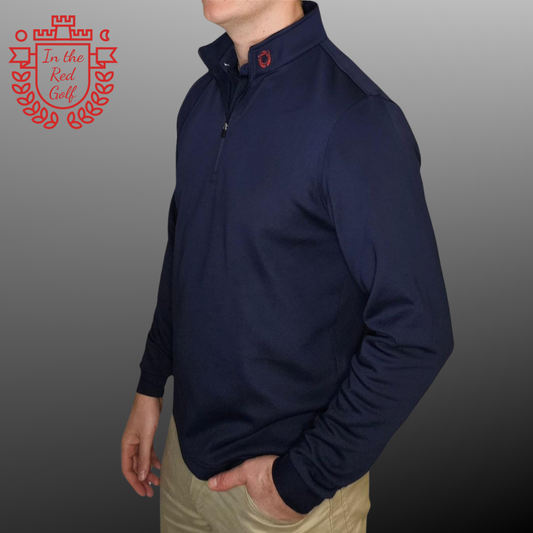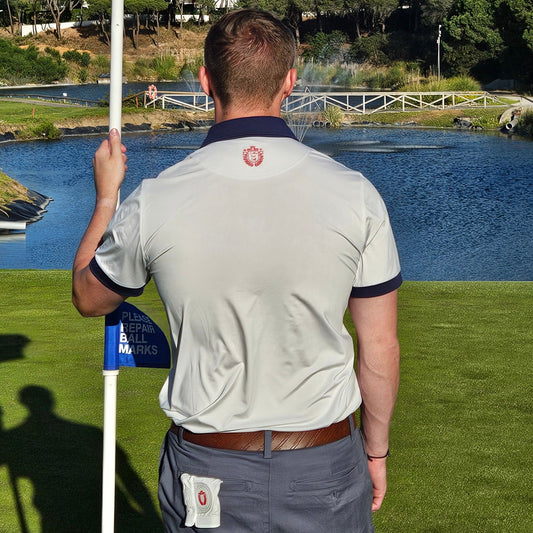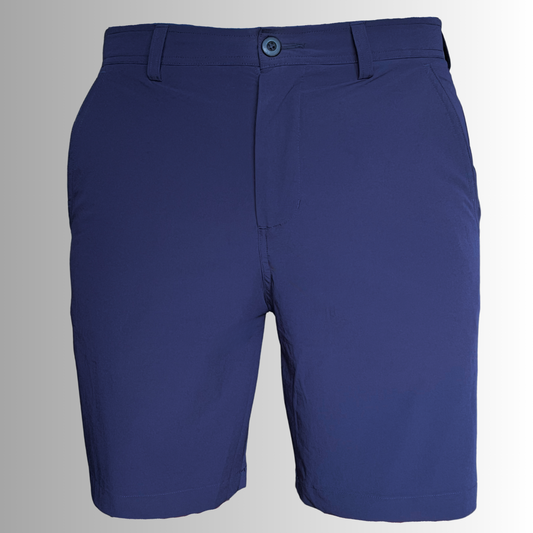Golf, often referred to as the “gentleman’s game,” has a rich history that intertwines with fashion and societal norms. The evolution of golf dress codes reflects broader cultural shifts and changes within the sport itself. This blog will explore the history of golf attire, tracing its development from the early days in Scotland to the modern era.
Origins in Scotland: The Early Days
Golf’s roots stretch back to 15th-century Scotland, where the game began to take shape on the links. In these early days, there was no formal dress code. Players wore everyday clothing, which for men typically included kilts, trousers, and jackets made of wool or tweed, suitable for the windy and unpredictable Scottish weather. The primary concern was practicality and warmth, as players needed to stay comfortable while traversing the often rugged terrain of early golf courses.
The 19th Century: Establishing Traditions
By the 19th century, golf had begun to establish itself as a structured sport with formal clubs and courses. With this newfound organization came the beginnings of a more defined dress code. Men wore tailored jackets, waistcoats, and neckties, along with knee-length knickerbockers (known as plus-fours) and long socks. These outfits reflected the general fashion of the time but were adapted for outdoor wear and the physical demands of golf.
Women, who started to play golf in increasing numbers towards the end of the 19th century, faced stricter dress codes. They were required to wear long skirts or dresses, often with petticoats and corsets, which severely limited their range of motion. Despite these restrictions, women's golf attire began to slowly evolve to become somewhat more practical.
Early 20th Century: The Jazz Age Influence
The early 20th century brought significant changes to golf fashion, influenced by broader social trends such as the Jazz Age and a growing emphasis on leisure and sport. Men’s golf attire became slightly less formal, with sweaters and cardigans replacing jackets and ties in many cases. The plus-fours remained popular but were often paired with argyle socks and brightly colored shirts.
Women’s golf fashion underwent a more dramatic transformation. The restrictive long skirts and corsets gave way to shorter, more practical skirts and blouses. This change was partly driven by trailblazing female golfers like Glenna Collett-Vare, who championed more comfortable and functional attire. The 1920s saw the introduction of sleeveless tops and more athletic styles, reflecting the era's broader fashion trends.
Mid-20th Century: The Rise of Sportswear
The mid-20th century saw the rise of sportswear as a distinct category of clothing, heavily influenced by technological advancements and a growing emphasis on physical fitness and outdoor activities. Synthetic fabrics like polyester and nylon began to be used in golf clothing, offering greater flexibility and comfort.
Men’s golf attire in the 1950s and 1960s became more casual, with polo shirts and lightweight slacks becoming the norm. The traditional plus-fours were largely phased out in favor of more streamlined and modern designs. Golfers like Arnold Palmer and Jack Nicklaus became style icons, popularizing the classic golf look that included knitted vests, stylish polos, and tailored pants.
Women’s golf fashion continued to evolve, with the introduction of golf shorts and skorts (a combination of a skirt and shorts), providing greater freedom of movement. The influence of fashion icons like Audrey Hepburn and Grace Kelly could be seen in the sleek, sophisticated styles that women wore on the golf course.
Late 20th Century: Professional Influence and Branding
The late 20th century marked a period of significant commercialization and branding in the world of golf. Major sportswear brands such as Nike, Adidas, and Puma entered the golf market, bringing with them innovations in fabric technology and design. Moisture-wicking materials, UV protection, and improved fit became standard features in golf clothing.
Professional golfers became key influencers in golf fashion. Players like Tiger Woods and Annika Sörenstam not only dominated the sport but also set trends with their clothing choices. Tiger Woods’ signature red polo shirts became iconic, while Annika Sörenstam’s sleek and modern outfits reflected the growing importance of style in golf.
Dress codes at golf clubs and courses began to relax somewhat, though traditional values still held sway at many prestigious clubs. Collared shirts and tailored pants remained the standard for men, while women were often required to wear collared tops and skirts or pants of an appropriate length. However, the introduction of more casual and athletic styles indicated a shift towards a more inclusive and modern approach to golf attire.
21st Century: Modern Trends and Inclusivity
In the 21st century, golf fashion has continued to evolve, reflecting broader cultural shifts towards inclusivity, diversity, and sustainability. Dress codes have become more relaxed and varied, with an emphasis on personal expression and comfort.
Modern golf attire is characterized by a blend of traditional and contemporary styles. Men and women have a wide range of options, from classic polos and tailored pants to more casual and athletic wear. Brands are increasingly focusing on sustainability, using eco-friendly materials and ethical production practices.
The rise of women’s professional golf and the increasing participation of younger generations have driven further changes in golf fashion. Women’s golf clothing is now more varied and stylish than ever, with options that balance functionality with fashion. The influence of social media and fashion-forward athletes has also played a significant role in shaping modern golf attire.
Conclusion: A Reflection of the Times
The history of golf dress codes mirrors the broader cultural and societal changes that have occurred over the centuries. From the practical and formal attire of early Scottish golfers to the stylish and technologically advanced clothing of today, golf fashion has continually evolved to reflect the values and trends of the times.
As golf continues to grow and diversify, its dress codes will likely continue to evolve, embracing new styles, technologies, and perspectives. Whether on the fairways of St. Andrews or the local municipal course, golf attire remains a key element of the sport’s identity, blending tradition with innovation in a uniquely compelling way.




